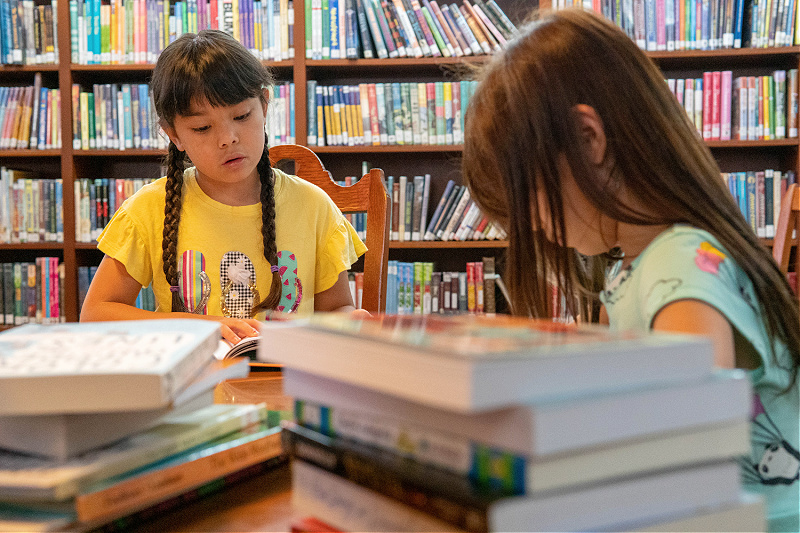The U.S. ranks second in the world for the most Spanish speakers, after Mexico. With shortages of bilingual teachers reported nationwide, librarians and publishers consider meeting an acute need.
What is the impact of bilingual staff? For Anna Avalos, multilingual collections manager for Los Angeles Public Library (LAPL), one experience comes to mind. A staff member wrote a blog post in Spanish on LAPL’s website to promote the library-based music service Freegal. “So one of the patrons called us to say she wanted to learn how to use the service, because she read the blog post in Spanish,” says Avalos.
“Having library staff that writes in Spanish, I think it’s important,” she says, adding that they log social media posts en español, as well, to promote library programs.
LA is a multicultural city to be sure—Avalos helps meet patron need across the system’s 73 branches, purchasing material in languages from Mandarin and Persian to Korean and Tagalog. However, the demand for Spanish extends broadly across the nation, with shortages of bilingual teachers reported in Denver, Chicago, and Hartford, CT—to name a few school districts.
This despite the ranking of the United States as second in the world, after Mexico, for the most Spanish speakers, including native speakers and people who speak Spanish as a second language. From 2010 to 2022, the population grew by 24.5 million. Hispanics accounted for 53 percent of that increase, more than any other racial or ethnic group, according to Pew Research.
Needs are varied. Nonfiction titles are a priority for Diane Olivo-Posner, principal librarian and associate director of the Exploration & Creativity Department at LAPL. “We need to have more [Spanish] books in STEM and citizen science, not just for kids but for teens and adults; sciences in general, and everything [developments in science and tech] is moving so fast,” she says.
On the publishing side, Nancy Mercado of Penguin Random House has the numbers to prove demand. Per net units sold, “we’ve seen a really steady increase [in demand for Spanish books] year over year and, I would say, the last five years,” says the VP and associate publisher of Dial Books for Young Readers and Putnam Books for Young Readers.
“So we’ve really accelerated our title count for Spanish titles. We’ve published about 50 new Spanish or bilingual titles last year, and we have about 50 planned for release this year.”
While she sees publishers moving on picture book translations, Mercado would like to see more Spanish-language titles targeted for older children and teens.
On Avalos’s wish list: titles available in English and Spanish at the same time, especially award winners. With this year’s Youth Media Awards honorees, she says, “we only had three available in Spanish.” Absent simultaneous publication, it can be a year’s wait before the library can offer patrons even high-demand books in both English and Spanish.
Twenty-three years in at LAPL, Avalos—who started as a messenger clerk there before pursuing her MLIS—has seen an increase in bilingual staff at the branches. They are the ones helping get the multilingual collection items into the hands of patrons.
Still, the library “workforce does not adequately represent the communities served and languages spoken by these institutions, nor is the growth proportionate to the growth of the Latinx community,” according to 2022 research by Andrew A. Wakelee and Kim M. Thompson of Fresno City College.
One actionable? Emphasizing Spanish-speaking as a preferred skill in library job postings.
“You need more bilingual people working in all of the fields, more bilingual editors, right?” says Mercado. “We need more bilingual people who are evaluating books.”
Original article found here.

